The articulation of institutions and communities has made it possible protection of strategic areas in the department, territories of great value for their water ecosystem tributaries as the case of the Camarones River Basin and other direct Caribbean.
This basin is of singular importance since it is the main source of fresh water for the Navío Quebrado coastal lagoon., body of water of high ecological value and that forms an integral part of the Los Flamencos Fauna and Flora Sanctuary. Además, the Camarones River is considered a natural life support system and the basis for productive and socio-cultural activities in the basin.
Under the study of the Camarones Basin Management and Planning Plan carried out by the Ministry of Environment and Sustainable Development, Corpoguajira and other institutions that established that the basin has a wide range of ecological niches for which it is constituted as an ideal setting for the conservation of 150 especies de aves (11 in threat category), 87 mammal species (6 in threat category), 27 amphibian species, 58 species of reptiles (7 in threat category) and 54 fish species (3 in threat category).

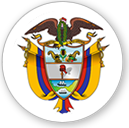

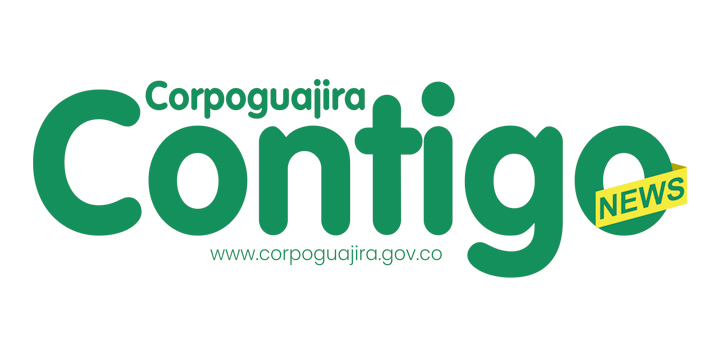



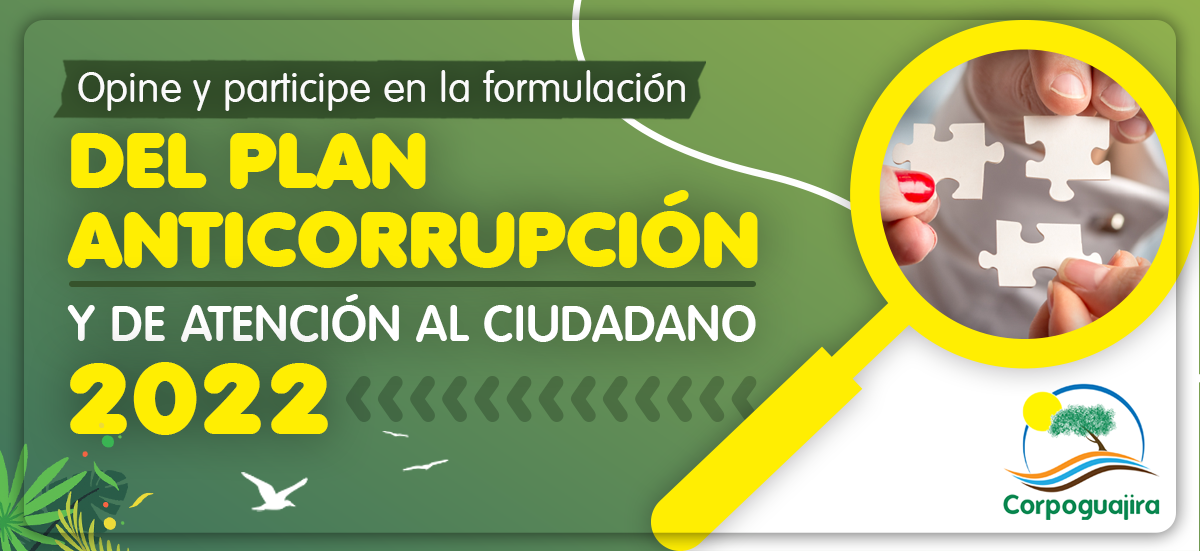
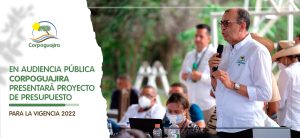



















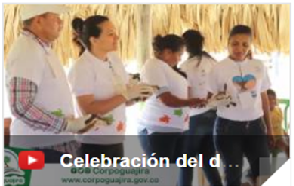



Leave a reply
I am sorry, you should be connected to post a comment.